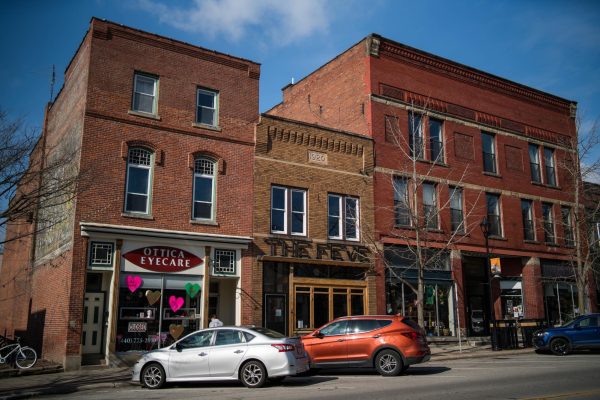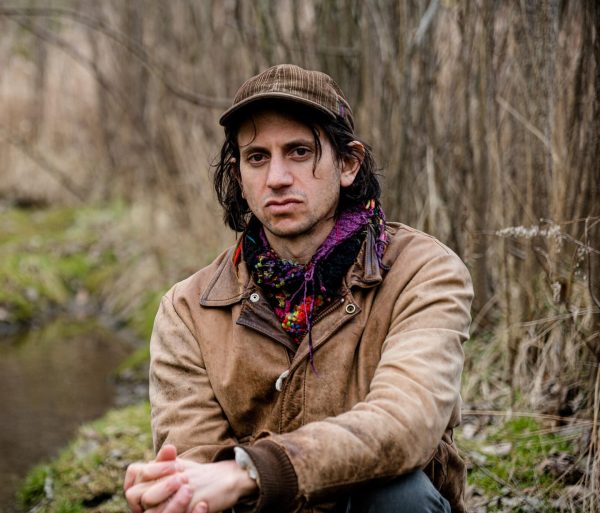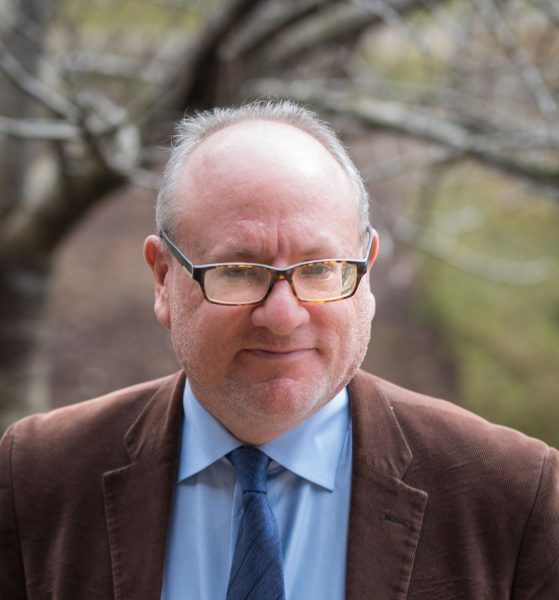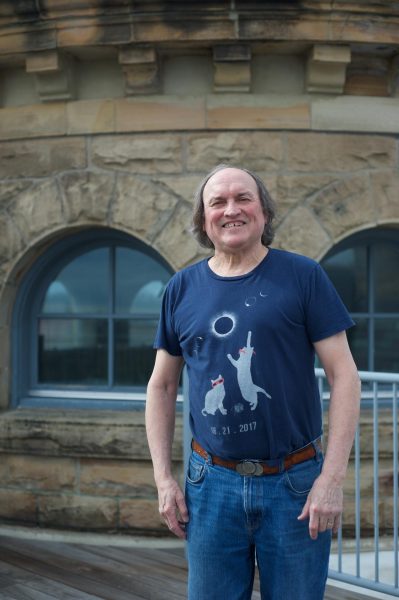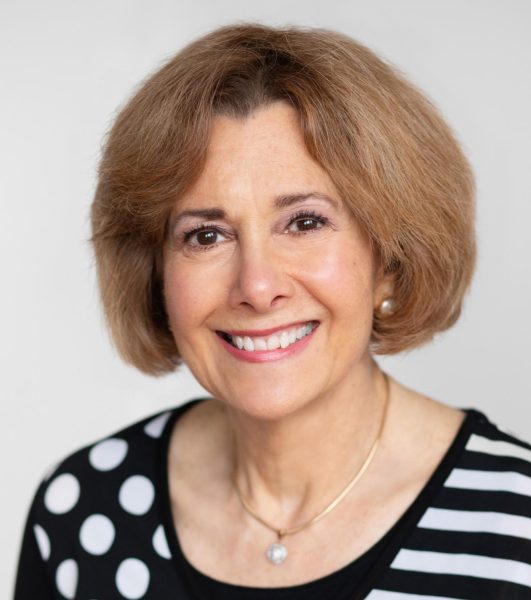Professor Md Rumi Shammin on Migration, Refugees
Professor of Environmental Studies Md Rumi Shammin’s research focuses on energy and resource use, ecological economics, refugee camp environmental management, environmental justice, and applied research on sustainability in the built environment. This week the Review spoke to Shammin about his research at the Kutupalong refugee camp in Bangladesh, his home country. Since the mass exodus of Rohingya refugees in 2017, Shammin has collaborated with nongovernmental organizations at the overburdened Kutupalong, the most populous refugee camp in the world. The camp, with a population of almost 900,000, has been around since the second wave of Rohingya migration in the early 1990s.
This interview has been edited for length and clarity.
Could you describe your current research projects and how you got involved with them?
I have been conducting research on climate change adaptation in vulnerable coastal communities of Bangladesh for about 10 years now. Some of my project sites are in Southeastern Bangladesh, where the Rohingya refugees moved in. Originally, I was not visiting the area to study anything related to the refugees; I was there to study climate change adaptation. However, when the refugees arrived, it created an emergency situation. Most of my work was with environmental organizations that also got involved, and it coincided with one of my field visits to the area.
The camp, Kutupalong, is in the Cox’s Bazar district of Bangladesh. My collaborators, who were working within the refugee camp administration, presented an opportunity for me to visit the area. When I visited, I was accompanied by people from an international environmental NGO — the International Union for Conservation of Nature. We were looking at what was happening at the camps, and we identified that the environmental management of the camp was lacking. Basically, everyone involved was completely engrossed with the humanitarian crisis — and rightly so, because you have to make sure that people have food to eat, shelter, a roof over their head, and basic sanitation and health services. But, we also saw that there were many environmental challenges in the camp and surrounding areas which were being overlooked that affected both the refugees and people in surrounding communities.
How does your research address the environmental problems that you witnessed in Kutupalong?
The United Nations High Commissioner for Refugees staff and other camp management personnel told us, “We are just overwhelmed. We want to do this work, but we don’t have the time or resources to do it.” So we developed a research project in collaboration with UNHCR to address environmental management issues in the camp. I saw some synergy between my climate adaptation work and the kind of challenges that refugees face in the camp. In my climate adaptation work, I was using a holistic framework to approach solutions — I was looking at the U.N. Sustainable Development Goals and resilience principles, and I wanted to find ways to integrate those into climate change response on the ground so that the solutions achieve broader outcomes. I brought the same principles to the discussion in terms of management of refugee camps. We were saying that we want to address deforestation in and around the camp, as well as sanitation, clean water access, and energy access. But in the process, can we also look at those broader outcomes and figure out if we can engage women in meaningful ways, or if we can empower the youth who are often overlooked in the camps?
Could you describe in greater detail the kinds of projects you have worked on?
My first project was developing camp environmental management guidelines that would incorporate this broader approach and provide concrete directives to field operatives and camp management personnel. The second project I initiated a couple of years after I started working there was to conduct an environmental oral history project with the refugees. That project was designed to document the memories of the home environments they left behind. Some of their homelands have already been transformed and are being converted to new settlements. Some of them may never go back to those places, and those places will change and evolve to become very different many years from now. From a historical perspective, there is tremendous value in documenting their memories of the environment in their land left behind.
This is sort of a new area of research in oral history. Oral history research typically documents historical facts, such as changes in political and socioeconomic circumstances, but rarely is environmental information documented — information that is not political or controversial, but valuable nonetheless. That’s been really, really rewarding, especially because when we were conducting the oral history interviews, the people that we interviewed were genuinely happy to talk. Many explained that no one had ever asked them about anything other than their story of persecution. They’ve always shared stories that bring back tragic memories that are sad and depressing — so much so that it’s hard for some of them to even talk about them. Whereas we went and asked, “What was the place like where you came from? What kind of trees and animals were there? How did you interact with the environment? Did you have storms or cyclones, and what did you do in those situations?” We interviewed about 154 Rohingya refugees over the second half of last year. I’m currently working on the final report of that project.
Let’s shift focus to another refugee situation, one that’s caught the focus of many people across the world: the current mass migration out of Ukraine. How do you contextualize this migration issue with other international migration issues that you have studied?
Forced migration, or displacement, is a big issue of our times. I think the ones that are happening because of political persecution or war, traditional drivers of displacement, are similar to what’s happening in Ukraine. But a lot of people in developing countries are being forcibly displaced because of climate change and environmental impacts. In Bangladesh, we’ve seen people from vulnerable coastal areas being displaced from their homes because of rising sea level and salt water. Many are moving into other parts of the country and sometimes across the border into India.
In the case of traditional refugee issues happening in response to persecution — like what’s happening in the Rohingya refugee camps — I think the international community has stepped in with a lot of resources. However, we’ve also seen that with Rohingya refugees, and to some extent with Syrian refugees, the re-settlement process has been challenging. Who’s going to take those refugees and provide shelter? It’s not necessarily fair for one country to bear the burden of a large influx of refugees when it’s considered to be an international humanitarian issue. From what I’ve seen so far, the response to refugees from Ukraine has been better in terms of re-settlement opportunities — many different countries have stepped in.
I think that it can be looked at as a positive example of how other refugee crises could also be addressed. I know that it’s aligned with geopolitical issues. Everyone’s kind of banding together to support Ukraine and refugees from Ukraine. I hope that whenever there is migration and displacement, the world bands together to support the people affected in a welcoming way. It’s especially important that they take one step further to understand that migration happens not just as a result of persecution, but also as a result of environmental stress and climate change.




